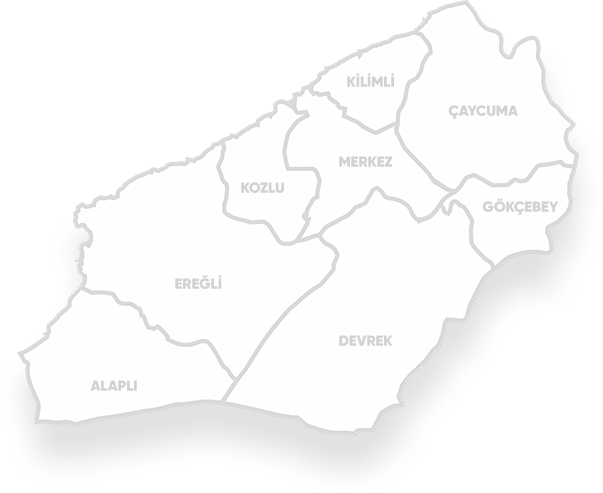
-
 About Us
About Us Detailed information about Zonguldak Coal Geopark and more...
About Us
About Us Detailed information about Zonguldak Coal Geopark and more... -
 Enjoy
Enjoy
-
 Discover
Discover Discover Zonguldak Geoparks
Discover
Discover Discover Zonguldak Geoparks -
 Learn
Learn
-
 Activities
Activities
-
 GeoNetwork
GeoNetwork
-
 Contact Us
Contact Us


Old Coal Waste
G-11 During the operation of the mine, other sediments are brought to the surface along with the coals. This process is necessary to separate coals with economic value from other materials. Residues such as stone, sand and clay, which are left over during the processing of coal, are stored in a large area. These materials may also include plant and tree fossils such as branches, leaves and trunks. About 330-307 million years ago, the region where Zonguldak is located was located in the equatorial belt of the supercontinent Pangea. We owe the coal, which we use today as a fossil fuel, to the giant trees and plants, in other words to the Carboniferous forests, that lived in swampy environments with plenty of rain millions of years ago and are dependent on water and humidity. The existence of plant fossils around Zonguldak has been known since the 19th century. Zonguldak plant fossils are of worldwide paleontological and stratigraphic importance in terms of both their rarity and understanding of how global warming in the Late Carboniferous affected the distribution and diversity of plant species.
